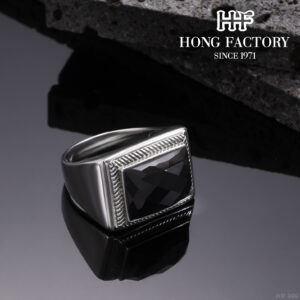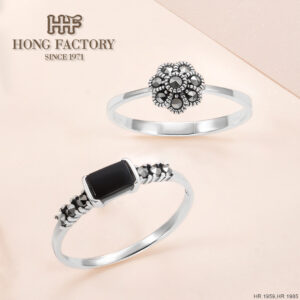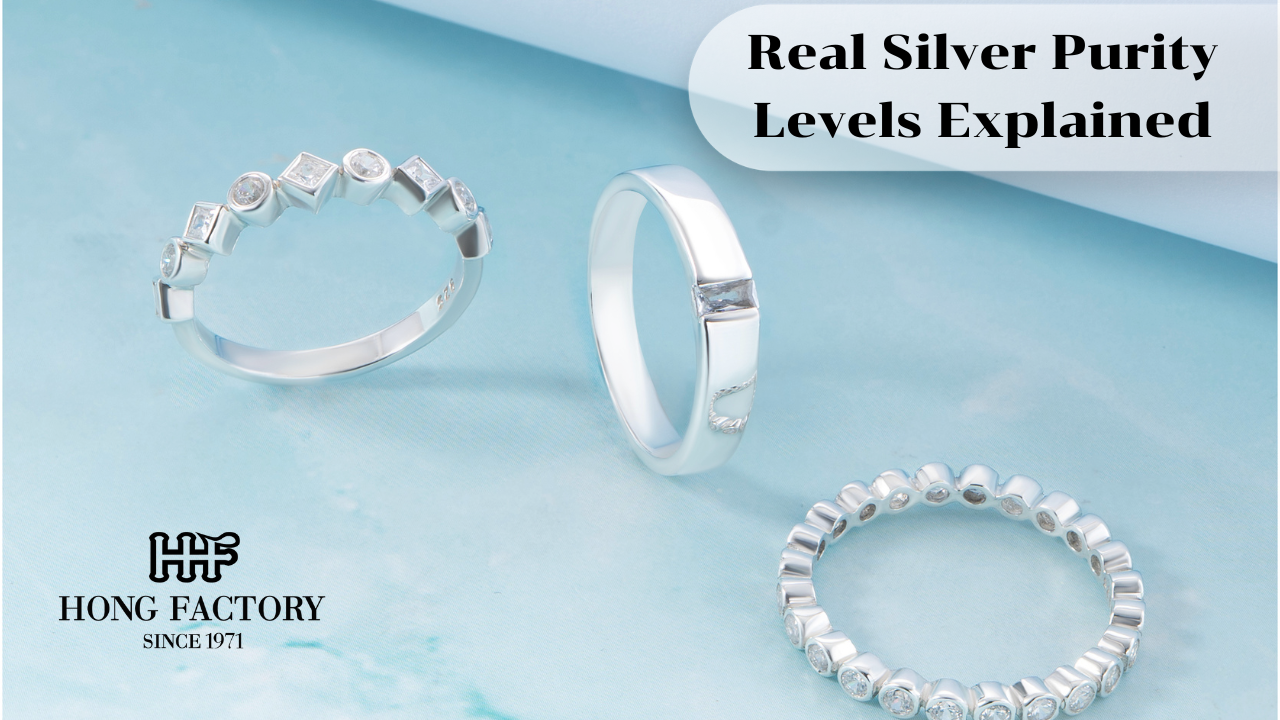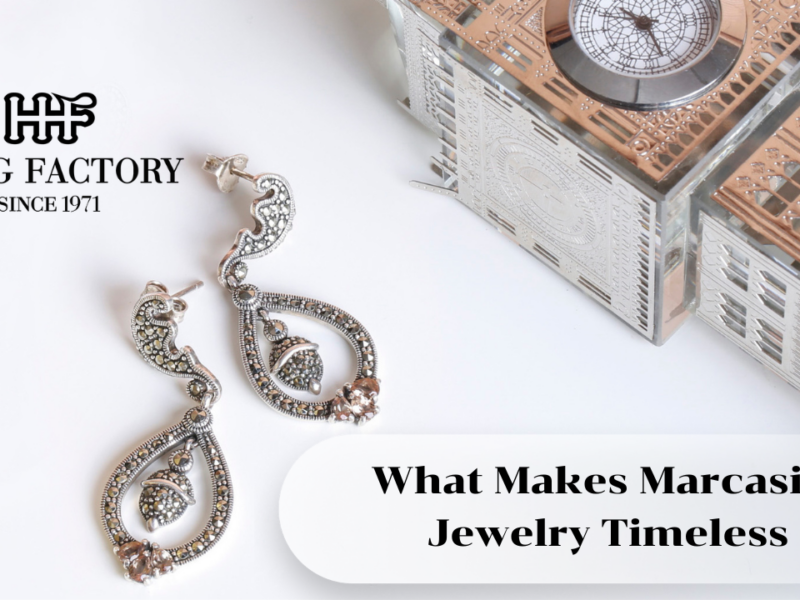Silver has fascinated people for centuries due to its beauty, durability, and cultural significance. When purchasing silver items, whether jewelry, coins, or collectibles, one important aspect to understand is purity. The purity of real silver determines not only its value but also its durability and overall appearance. Knowing the different purity levels can help you make better decisions when investing in or wearing silver. Marcasite stone
What Does Purity Mean in Real Silver?

The term purity refers to the proportion of silver compared to other metals present in an item. Pure silver is incredibly soft, making it unsuitable for most jewelry and practical items. As a result, it is usually alloyed with other metals, such as copper, to increase strength and durability. Understanding purity levels ensures that you know exactly how much authentic silver is in your piece.
Common Real Silver Purity Levels
Different purity levels are used in the jewelry and metal markets around the world:
- Fine Silver (.999 or 99.9% pure): Known as pure silver, this level contains almost no impurities. It has a brilliant shine but is too soft for most jewelry.
- Sterling Silver (.925 or 92.5% pure): The most common and popular purity level for jewelry. The remaining 7.5% is typically copper, making it stronger while maintaining beauty.
- Coin Silver (90% pure): Historically used in U.S. coins, it contains 90% silver and 10% copper. Although less common today, it is still considered real silver.
- Argentium Silver (92.5%–96% pure): A modern silver alloy with added germanium that improves tarnish resistance, offering better longevity.
These levels highlight how silver is adapted to meet different needs while keeping its authenticity intact.
Real Silver Purity Markings
To confirm authenticity, silver items are usually stamped with hallmarks:
- .999: Indicates fine silver, nearly pure.
- .925 or Sterling: The standard for real silver jewelry.
- Coin Markings: May vary depending on the origin and historical context.
These hallmarks provide quick clues to the purity and value of a piece.
Why Purity Levels Matter
Purity levels influence several aspects of silver:
- Durability: Higher purity silver is softer, while alloys like sterling are stronger.
- Appearance: Fine silver has a brighter shine, but sterling silver holds polish longer.
- Value: Higher purity generally means higher value, but practicality and craftsmanship also affect pricing.
- Usage: Jewelers prefer sterling silver for daily wear, while fine silver is often reserved for collectibles or high-end designs.
Identifying Real Silver by Purity

If you are unsure about your silver item’s purity, consider these tips:
- Check for Hallmarks: Look for stamps like .999, .925, or Sterling.
- Test with Professionals: Jewelers can confirm silver purity using acid or electronic tests.
- Magnet Test: Real silver is not magnetic, but this only rules out certain fakes.
- Tarnish Reaction: Real silver tarnishes naturally, while fake metals often corrode differently.
Caring for Silver of All Purity Levels
Regardless of purity, silver requires proper care to maintain its shine:
- Store Properly: Use anti-tarnish bags or airtight containers.
- Clean Gently: Polish with a silver cloth or mild cleaners.
- Avoid Harsh Chemicals: Keep silver away from chlorine, perfumes, and cosmetics.
- Regular Wear: Wearing silver often helps slow tarnish by reducing surface buildup.
Understanding real silver purity levels is essential for both collectors and jewelry lovers. Fine silver offers unmatched purity, while sterling silver balances beauty and durability, making it perfect for everyday wear. By recognizing hallmarks and knowing the differences, you can confidently purchase, wear, and care for your silver pieces. Real silver remains a timeless and valuable metal, cherished across cultures and generations.


